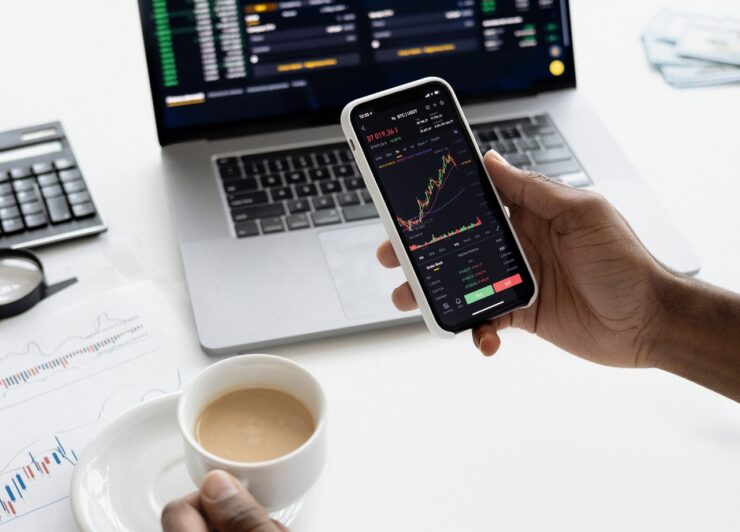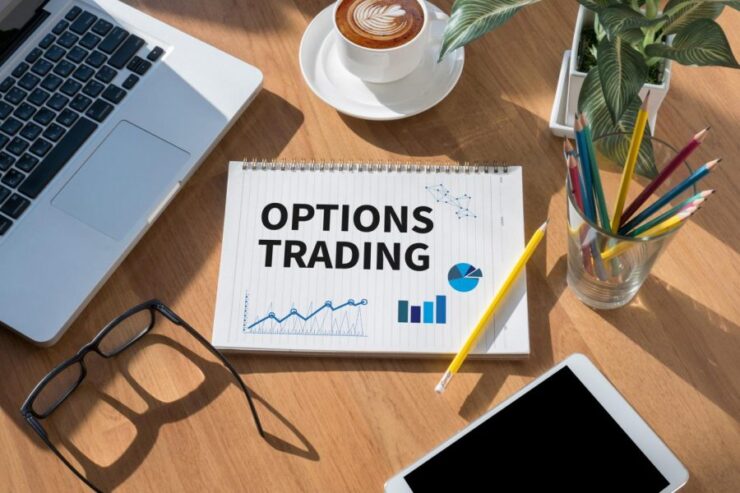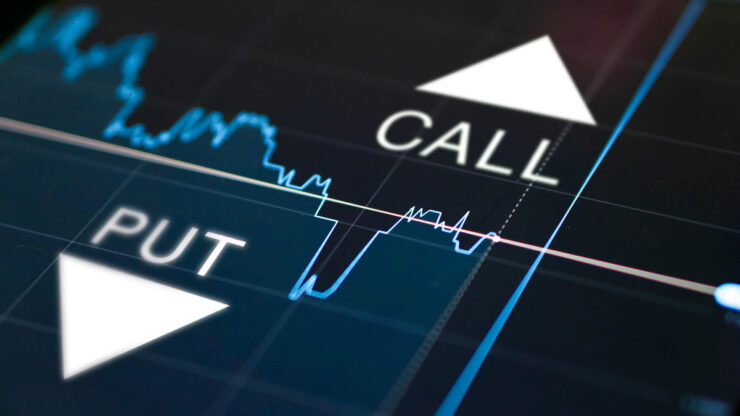Trading is a global business with lucrative rewards for those who can make successful decisions. In this article, we’ll explore what it takes to get started and give you some tips to ensure success. So whether you’re just starting or you’ve been doing this for years, read on for everything you need to know!
1. What is trading?
Trading is the act of buying and selling securities or commodities with the hope of making a profit. There are many different types, but all involve risk and potential rewards.
To start trading, you first need to understand what securities and commodities are. Securities include stocks, bonds, and currencies. Commodities include oil, gold, wheat, etc. Each has unique properties that can make it attractive to investors.
When you trade securities or commodities, you are investing in hopes of earning a profit in the short-term or long-term. The short-term goal is to make money while the security is still trading within a certain range. The long-term goal is to hold onto the security until it reaches a predetermined goal, such as a set price or dividend payout.
You can always rely on online training for forex trading for beginners if you’re unsure you can learn it on your own.
2. What is speculation?

Speculation is a trade where the trader does not have a clear understanding of the underlying instrument or security. Speculation can be profitable but it is also risky because you never know what will happen in the market.
Why do traders speculate?
Some traders speculate to make money by buying assets before they become discounted and selling them at a higher price. Others speculate to generate income by buying and holding assets with the hope that their value will increase over time. But regardless of the reason, speculators always risk losing money if they are wrong about the future direction of the market.
How can I avoid speculation?
The best way to avoid speculation is to have a clear understanding of the underlying instrument or security. When you are confident in your analysis, you can trade with confidence and reduce your risk exposure.
Are there any benefits to speculation?
Yes, there are many benefits to speculation. Speculators can help to create liquidity in the markets, which helps to price goods and services more accurately and efficiently. They can also help to bring new investors into the market, which can lead to increased demand for stocks and other securities. Finally, speculation can help to trigger price increases when an asset is undervalued.
3. What is options trading?

In options trading, you can buy and sell contracts that give you the right, but not the obligation, to buy or sell a security at a set price within a certain period. For example, you might buy a contract to sell IBM stock at $200 per share in three months. If IBM’s stock price rises above $200 before the contract expiration date, you can exercise your right to buy IBM stock at the fixed price of $200 per share. If IBM’s stock price falls below $200 before the contract expiration date, the contract is automatically exercised and you are obligated to purchase IBM stock at $200 per share.
4. What is a stop order?
A stop order is an order to buy or sell a security at a specific price. When you place a stop order, you are telling the market that you will not sell the security until the price reaches that specific price. If the price of a security falls below your stop price, then your stop order will be executed and you will sell the security at that price. If the price of a security rises above your stop price, then your stop order will be ignored and you will not be forced to sell the security.
5. What is a market order?
A market order is a type of order that is placed to buy or sell a security at the current market price. This means that the order will be filled immediately at the best available price, without requiring the trader to wait for a better price.
6. How to place an order

When you’re ready to start trading, the first step is to choose an Exchange. There are many options out there, but some of the most popular exchanges include Bitfinex, Kraken, and Binance.
Once you’ve chosen your exchange, the next step is to create an account. This process can be a bit complicated if you’re new to trading, so make sure to read the instructions carefully. Once you have an account, you’ll need to input your personal information (name, address, etc.), as well as your trading credentials (BTC/ETH address, etc.).
Once you’ve completed these steps, it’s time to start trading! To place an order on your exchange, you’ll need to familiarize yourself with four common order types: buy/sell, limit order, market order, and stop order.
Each order type has its own unique set of requirements and restrictions; make sure to understand them before placing any orders. And remember: always do your research before making any decisions!
7. How to execute a trade
There are three basic steps to executing any trade:
- determine what you want to buy or sell;
- find an exchange that offers the security you want to buy or sell;
- open a position by buying or selling the security at the agreed-upon price.
For most trades, there are also additional steps – such as setting stop losses and taking other precautions – that you should take before entering into a trade.
Before making any investment decisions, it is important to review your risk tolerance, financial goals, and targets for returns. Before trading any security, be sure to read all of the relevant information about it, including the company
8. What are the risks of trading?

Before you begin trading, it is important to understand the risks associated with the activity. Trading can be a very lucrative investment, but it also involves risk.
Here are some of the most common risks:
- Technical Analysis: Trading based on technical analysis can be risky because there is a high potential for losses if the trader makes an incorrect decision.
- Market volatility: A market that is volatile can quickly change direction, which can lead to losses.
- Poor judgment: Trading without proper judgment can lead to large losses.
- Illiquid markets: These Markets may not have enough buyers and sellers, which can lead to volatility and then losses.
- Fraud: The risk of fraud is high in the stock market, and traders should always be cautious about who they deal with and what advice they receive.
Conclusion
Trading can be an extremely lucrative career, but it is not without risk. As a beginner, you must understand the risks involved in trading before you decide to jump into the market so that you can maximize your chances of success.

